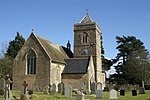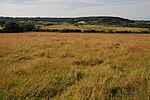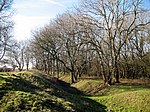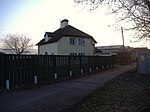Nightingale Valley
English Site of Special Scientific Interest stubsSites of Special Scientific Interest in AvonSites of Special Scientific Interest notified in 1989
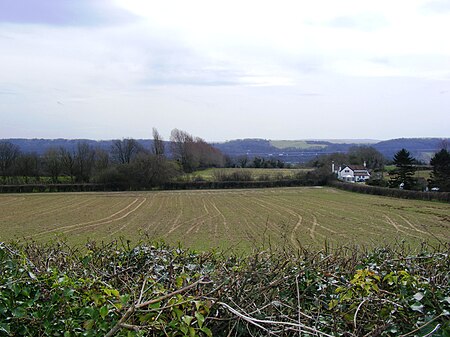
Nightingale Valley (grid reference ST449751) is a 5.4 hectare geological Site of Special Scientific Interest near the town of Portishead, North Somerset, notified in 1989. This site in the Vale of Gordano is listed because of Pleistocene ‘plateau-deposits’ which include ‘cannon-shot’ gravels, fine sandy gravels and silty gravels with a wide range of erratic lithologies.
Excerpt from the Wikipedia article Nightingale Valley (License: CC BY-SA 3.0, Authors, Images).Nightingale Valley
Valley Road,
Geographical coordinates (GPS) Address Nearby Places Show on map
Geographical coordinates (GPS)
| Latitude | Longitude |
|---|---|
| N 51.47217 ° | E -2.79469 ° |
Address
Valley Road
Valley Road
BS20 8LP , Weston-in-Gordano
England, United Kingdom
Open on Google Maps



